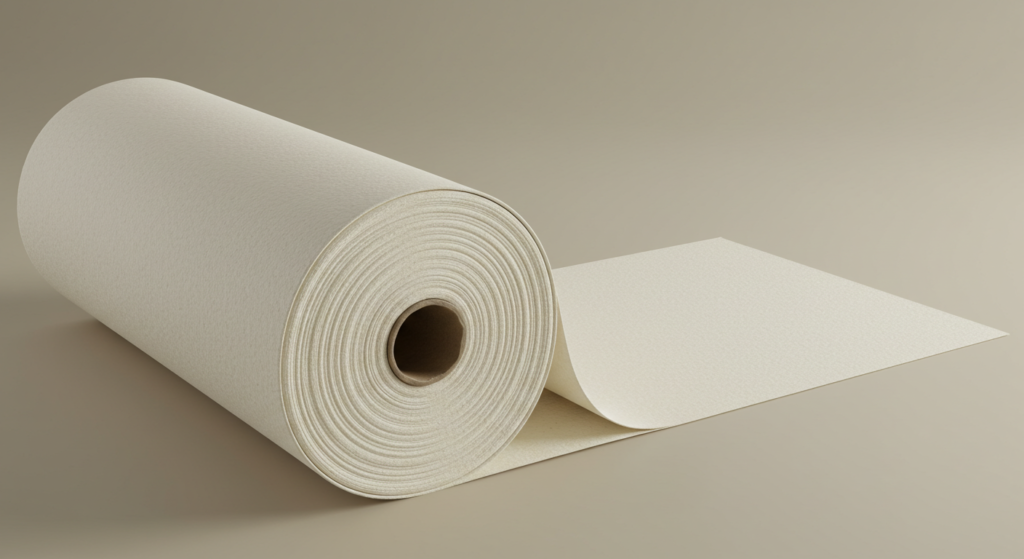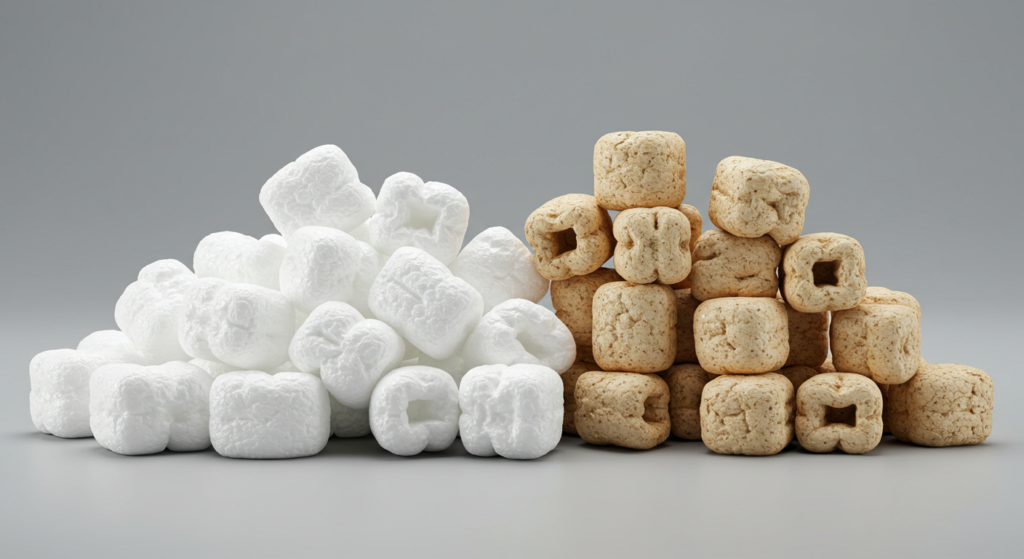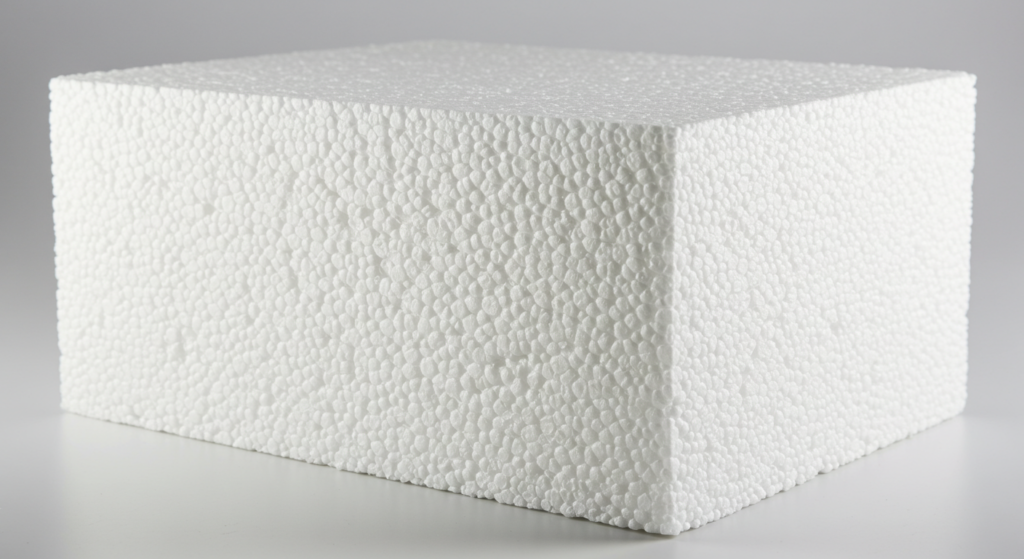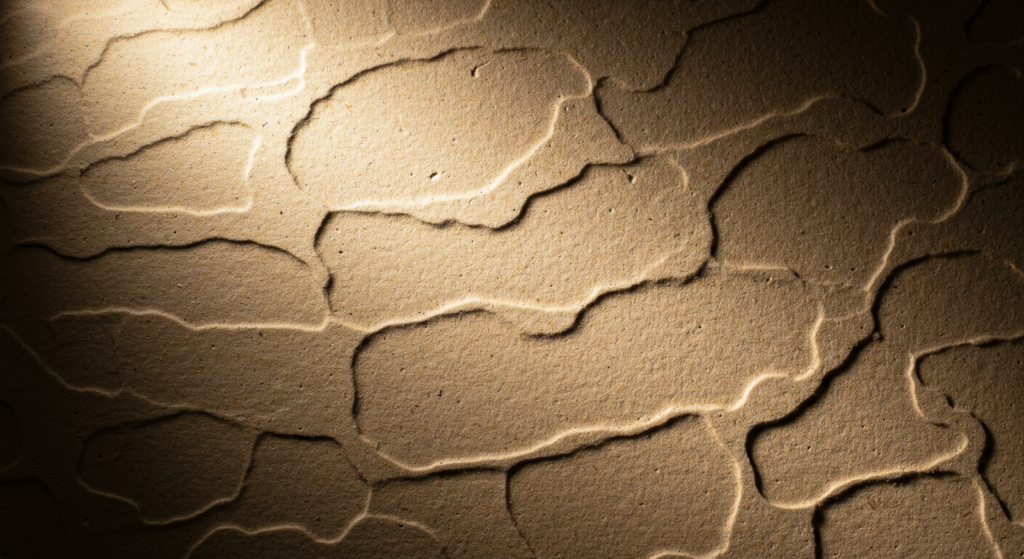Online shopping and shipping often leave us with piles of packing materials. Most packaging materials can be recycled when sorted correctly. Below we examine common packing materials from cardboard boxes to Styrofoam.
Types of Packing Materials Disposal
| Material | Recyclability | Disposal Method & Notes |
|---|---|---|
| Cardboard boxes | Yes (widely curbside) | Flatten boxes; keep dry; recycle in curbside bin. Remove food residue (e.g. cut out greasy pizza box parts). |
| Paper padding | Yes (curbside) | Recycle with other paper/cardboard. If uncoated, can also be composted. Reuse or recycle any kraft paper or newsprint used as padding. |
| Bubble wrap | Not in curbside; Yes at drop-off | Do NOT put in home recycling bin. Deflate/flatten and take to a plastic film drop-off (e.g. grocery store bag recycling). Reuse intact bubble wrap when possible. |
| Plastic film (shrink wrap) | Not in curbside; Yes at drop-off | Collect clean, dry film (shrink wrap, pallet wrap, plastic bags) and bring to store drop-off for recycling. Do not put in curbside bin (it tangles recycling machinery). |
| Packing peanuts (polystyrene) | Rarely recyclable (not curbside) | Not accepted curbside. Reuse if possible or take to shipping stores that accept foam peanuts for reuse. Otherwise, bag and put in trash. |
| Packing peanuts (biodegradable) | Not recyclable; compostable | Made of plant starch, dissolve in water or add to compost. If no compost, dispose in regular trash (non-toxic). Keep dry until disposal (they break down with moisture). |
| Styrofoam (EPS foam) | Not in curbside; special programs only | Not accepted curbside. Check for local drop-off or mail-back programs for EPS foam blocks. Must be clean (no labels, residue) for recycling. If no recycling, landfill (bag large pieces to prevent litter). |
| Air pillows (plastic) | Not in curbside; Yes at drop-off | Puncture or deflate air pillows and recycle with plastic bags/film at drop-off locations. If marked compostable, do not put in recycling (dispose in compost or trash). |
| Molded pulp | Yes (curbside, if clean) | Recycle like cardboard/paper (remove any plastic or tape). Uncoated molded fiber is compostable and biodegradable. Tear or crush to save space in bin. |
Learn more about Types of Recyclable Packaging Materials And How to Recycle Them
Cardboard Boxes
Cardboard boxes (corrugated cardboard) are highly recyclable and widely accepted in virtually all curbside recycling programs. To ensure efficient recycling, flatten boxes to save space and remove any non-paper packing materials (like bubble wrap, foam or peanuts) before recycling.
You generally don’t need to remove all tape or labels, as recycling facilities filter these out during processing. However, do peel off large labels if easy, and keep cardboard dry. Because wet or waterlogged cardboard can’t be processed and has no recycling market.

Paper Padding
Paper padding refers to paper-based packing materials used to cushion items, such as kraft paper sheets, newsprint, or molded paper padding. These materials are readily recyclable in curbside programs just like other paper and cardboard. In fact, any packaging made from paper is generally recyclable. This includes packing paper, paper fill, and even paper tape.
To recycle, simply flatten or loosely bundle the paper padding and put it in your recycling bin with other paper. If the paper is shredded or in very small pieces, containment (like in a paper bag) can help prevent it from blowing away during collection.

Bubble Wrap
Bubble wrap is the familiar plastic sheeting with air-filled bubbles, used to cushion fragile items. Bubble wrap is recyclable, but not in your curbside bin. It is classified as a plastic film (usually low-density polyethylene, resin code #4) which can jam sorting machinery if placed in household recycling.
Instead, recycle bubble wrap via designated drop-off programs for plastic film. Many grocery stores or retail centers have bins for plastic bags and wraps, and bubble wrap can go in the same stream. Always ensure the bubble wrap is clean and dry before recycling.

Plastic Film (Shrink Wrap and Similar)
Plastic film includes stretch wrap, pallet wrap, shrink wrap around packages, air mattress or furniture wrap, and other thin flexible plastics. Like bubble wrap, plastic film is usually made of #2 or #4 plastic and is recyclable only through special drop-off programs.
Do not put plastic wrap or film in curbside bins. It’s one of the top contaminants at recycling facilities, as it tangles in sorting equipment. Instead, collect all clean, dry plastic films and take them to a store or recycling center that has a “bag and film” drop-off bin. Many supermarkets, big-box stores, and co-ops participate in such programs (often in partnership with initiatives like Plastic Film Recycling).

Packing Peanuts (Traditional vs. Biodegradable)
Packing peanuts are loose fill pieces used to cushion items in shipping boxes. They come in two main types: traditional packing peanuts made of polystyrene foam (EPS), and biodegradable packing peanuts made from starch or other plant-based materials.
Traditional Polystyrene Peanuts: These are the white or pink Styrofoam peanuts. They are not recyclable in curbside programs. Polystyrene foam is almost never accepted in household recycling.
Biodegradable Starch Peanuts: These look similar to Styrofoam peanuts but are often an off-white or beige color (sometimes green). They are made from natural starches (like corn or potato) and are non-toxic and compostable. Do not put biodegradable peanuts in recycling. They are not plastic and will contaminate recycling streams.

Styrofoam (EPS Foam Packaging)
“Styrofoam” is the common term for expanded polystyrene foam (EPS) used in packaging (distinct from the Styrofoam™ brand used in insulation). This includes foam blocks, molded packaging for electronics or appliances, foam coolers, and foam plates or inserts.
Most curbside recycling programs do not accept Styrofoam or EPS foam. The recycling symbol with a #6 on foam can be misleading – in practice, very few cities allow Styrofoam in the blue bin. The reason is that EPS is 90+% air, making it bulky yet lightweight, which is inefficient to collect and transport, and it requires special machinery to compact (densify) it for recycling. Unless your community specifically advertises foam recycling, assume it’s not accepted curbside.

Molded Pulp
Molded pulp packaging is the rigid or semi-rigid cardboard-like material shaped to cushion products – for example, pulp trays, egg cartons, or molded end-caps for electronics. It is usually made from recycled paper or plant fibers.
Molded pulp is highly sustainable: it’s made from 100% recycled content in many cases and is recyclable, compostable, and biodegradable. You can typically recycle molded pulp in your curbside paper recycling bin, just as you would cardboard or paperboard, as long as it has no plastic coatings or additives. Most standard molded fiber inserts (the gray or brown cardboard-y pieces) are fine to recycle.

Conclusion
In summary, each packing material has a preferred disposal path that maximizes recovery and minimizes environmental harm.
- Cardboard and paper-based materials are best recycled or composted, keeping their fibers in use.
- Soft plastics like bubble wrap, air pillows, and shrink wrap should never go in curbside bins, but can be recycled via store drop-offs or, if available, upgraded to biodegradable versions.
- Polystyrene foams (EPS), including packing peanuts and Styrofoam blocks, are the most troublesome – avoid them when possible, reuse them if you have them, and look for specialized recycling or safe disposal methods to prevent pollution.
By following the tips above for preparation and seeking out compostable or recyclable alternatives, we can all help ensure that packaging materials are managed responsibly instead of becoming waste. Reducing, reusing, and recycling these items properly will lessen their environmental impact and support a more sustainable cycle for packing materials.

